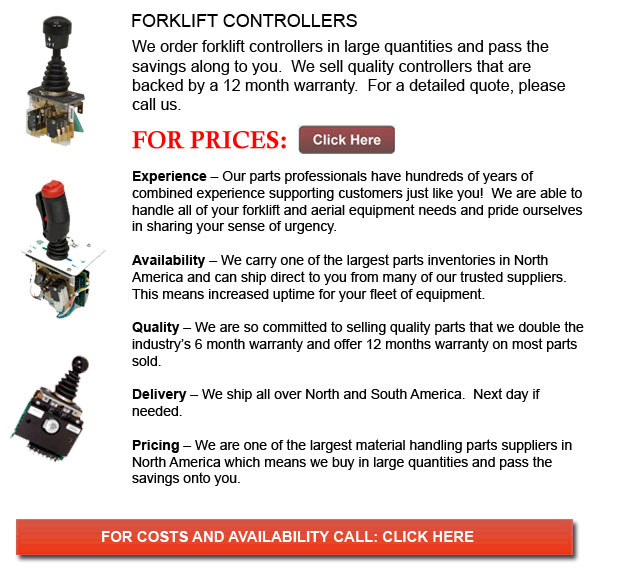
Forklift Controllers - Lift trucks are obtainable in several various units which have different load capacities. Nearly all typical forklifts used inside warehouse environment have load capacities of one to five tons. Larger scale models are used for heavier loads, like loading shipping containers, can have up to fifty tons lift capacity.
The operator could use a control to lower and raise the blades, which are also referred to as "forks or tines." The operator can even tilt the mast to be able to compensate for a heavy load's tendency to tilt the tines downward to the ground. Tilt provides an ability to operate on rough ground also. There are annual contests meant for skilled forklift operators to compete in timed challenges and obstacle courses at regional forklift rodeo events.
All lift trucks are rated for safety. There is a particular load limit and a specified forward center of gravity. This essential info is provided by the maker and located on the nameplate. It is essential loads do not exceed these specifications. It is illegal in lots of jurisdictions to interfere with or take out the nameplate without obtaining permission from the lift truck maker.
The majority of forklifts have rear-wheel steering in order to improve maneuverability. This is particularly effective within confined spaces and tight cornering areas. This particular kind of steering varies quite a bit from a driver's first experience along with various vehicles. As there is no caster action while steering, it is no essential to apply steering force so as to maintain a constant rate of turn.
Instability is another unique characteristic of lift truck use. A constantly varying centre of gravity occurs with each movement of the load amid the lift truck and the load and they have to be considered a unit during use. A lift truck with a raised load has centrifugal and gravitational forces which could converge to bring about a disastrous tipping mishap. In order to avoid this possibility, a forklift must never negotiate a turn at speed with its load elevated.
Forklifts are carefully designed with a certain load limit used for the tines with the limit lessening with undercutting of the load. This means that the freight does not butt against the fork "L" and will lessen with the rise of the blade. Generally, a loading plate to consult for loading reference is located on the forklift. It is dangerous to utilize a forklift as a personnel lift without first fitting it with certain safety devices such as a "cage" or "cherry picker."
Lift truck utilize in warehouse and distribution centers
Vital for any warehouse or distribution center, the forklift must have a safe environment in which to accommodate their efficient and safe movement. With Drive-In/Drive-Thru Racking, a lift truck needs to go in a storage bay which is multiple pallet positions deep to set down or obtain a pallet. Operators are usually guided into the bay through rails on the floor and the pallet is located on cantilevered arms or rails. These tight manoeuvres require expert operators to do the job safely and efficiently. Because every pallet needs the truck to go in the storage structure, damage done here is more common than with various types of storage. If designing a drive-in system, considering the size of the blade truck, along with overall width and mast width, must be well thought out so as to be certain all aspects of an effective and safe storage facility.
![]() Click to Download the pdf
Click to Download the pdf
Forklift Parts
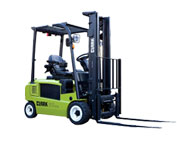
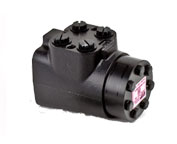
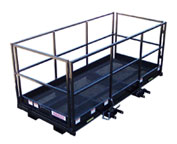
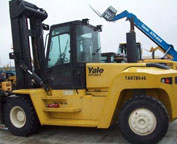


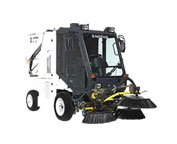

Lift Parts Express
TOLL FREE: 1-888-695-7994
LOCAL: 512-642-5697
402 A WEST PALM VALLEY BLVD 249
Round Rock, Texas
forkliftpartsroundrock.com
Email Us
About Us


